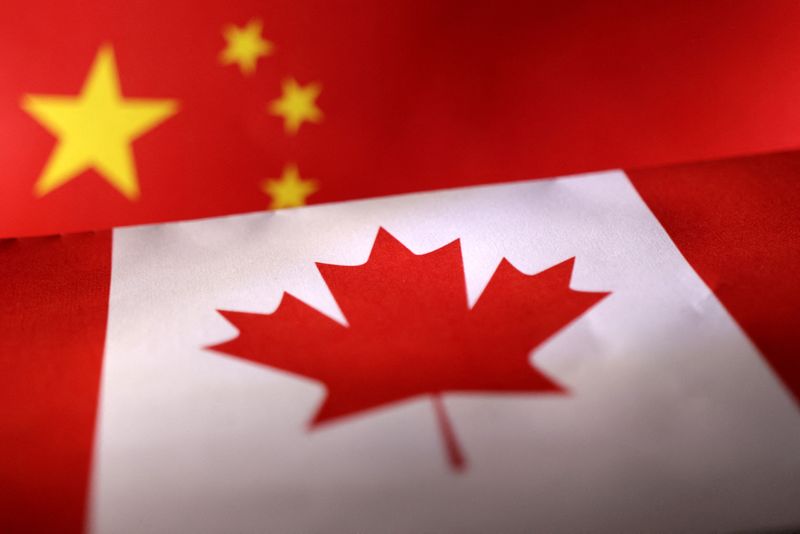
By Divya Rajagopal
TORONTO (Reuters) -The Canadian province of Saskatchewan has vowed to compete with China in processing and production of rare earths and become the first North American commercial alternative source for the metals, used to make magnets for electric vehicles and wind turbines.
The Saskatchewan Research Council Rare Earth Processing facility is betting on demand for these magnets to jump in the next couple of years, driven by demand from original equipment manufacturers such as automakers.
The Canadian province, home to copper, potash and uranium mines, is known for its mining prowess.
China controls 95% of the global production and supply of rare earth metals. The near-monopoly allows the country to dictate prices and create uncertainty for end users through export controls.
In the last year, China has placed export controls on some critical metals such as germanium, gallium and antimony, forcing western governments to look for alternatives.
The SRC Rare Earth processing facility has begun production on a commercial scale and expects to hit a production target of 40 tonnes of rare earth metals per month by the end of this year. And it will produce 400 tonnes of the NdPr metals per year, which is enough to produce 500,000 EVs, according to SRC. The facility has already tied up with potential clients in South Korea, Japan and the United States.
“Our focus is to remain competitive within the Asian Metals Price Index,” said Muhammad Imran, vice president of the SRC Rare Earth Element. “We are constantly looking to optimise our facility using artificial intelligence applications that would keep our process efficient,” Imran said.
The price of rare earth metals such as neodymium praseodymium, known as NdPr, fluctuates between US$65,000 and US$75,000 per tonne, a price determined by the Chinese government.
However, some miners have been asking for a premium price for metals produced outside China, arguing that Chinese metals are produced with low environmental, social and governance standards.

Regardless, Imran said, the market will remain competitive and manufacturers have to be prepared to meet the reference point of the Asian Metals Index.
“This is what the market is telling you the price for rare earth is, if someone can strike a better deal that’s great, but premium or no premium the market is going to be competitive,” he said.
This post is originally published on INVESTING.


